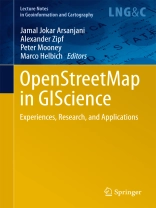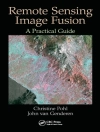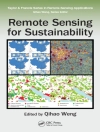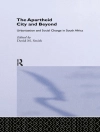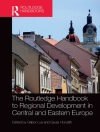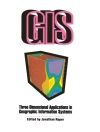This edited volume presents a collection of lessons learned with, and research conducted on, Open Street Map, the goal being to promote the project’s integration. The respective chapters address a) state-of-the-art and cutting-edge approaches to data quality analysis in Open Street Map, b) investigations on understanding Open Street Map contributors and the nature of their contributions, c) identifying patterns of contributions and contributors, d) applications of Open Street Map in different domains, e) mining value-added knowledge and information from Open Street Map, f) limitations in the analysis Open Street Map data, and g) integrating Open Street Map with commercial and non-commercial datasets. The book offers an ideal opportunity to present and disseminate a number of cutting-edge developments and applications in the field of geography, spatial statistics, GIS, social science, and cartography.
Table des matières
An Introduction to Open Street Map in Geographic Information Science: Experiences, Research, and Applications.- Assessment of logical consistency in Open Street Map based on the spatial similarity concept.- Quality assessment of the contributed land use information from Open Street Map versus authoritative datasets.- Improving volunteered geographic information quality using a tag recommender system: The case of Open Street Map.- Inferring the Scale of Open Street Map Features.- Data retrieval for small spatial regions in Open Street Map.- The Impact of Society on Volunteered Geographic Information: The case of Open Street Map.- Social and political dimensions of the Open Street Map project: Towards a critical geographical research agenda.- Spatial Collaboration Networks of Open Street Map.- Route choice analysis of urban cycling behaviors using Open Street Map: Evidence from a British urban environment.- The Next Generation of Navigational Services using Open Street Map data: the Integration of Augmented Reality and Graph Databases.- Building a Multimodal Urban Network Model Using Open Street Map Data for the Analysis of Sustainable Accessibility.- Assessing Open Street Map as an Open Property Map.- Investigating the Potential of Open Street Map for Land Use/Land Cover Production: A Case Study for Continental Portugal.- Using Crowd-Sourced Data to Quantify the Complex Urban Fabric – Open Street Map and the Urban–Rural Index.
